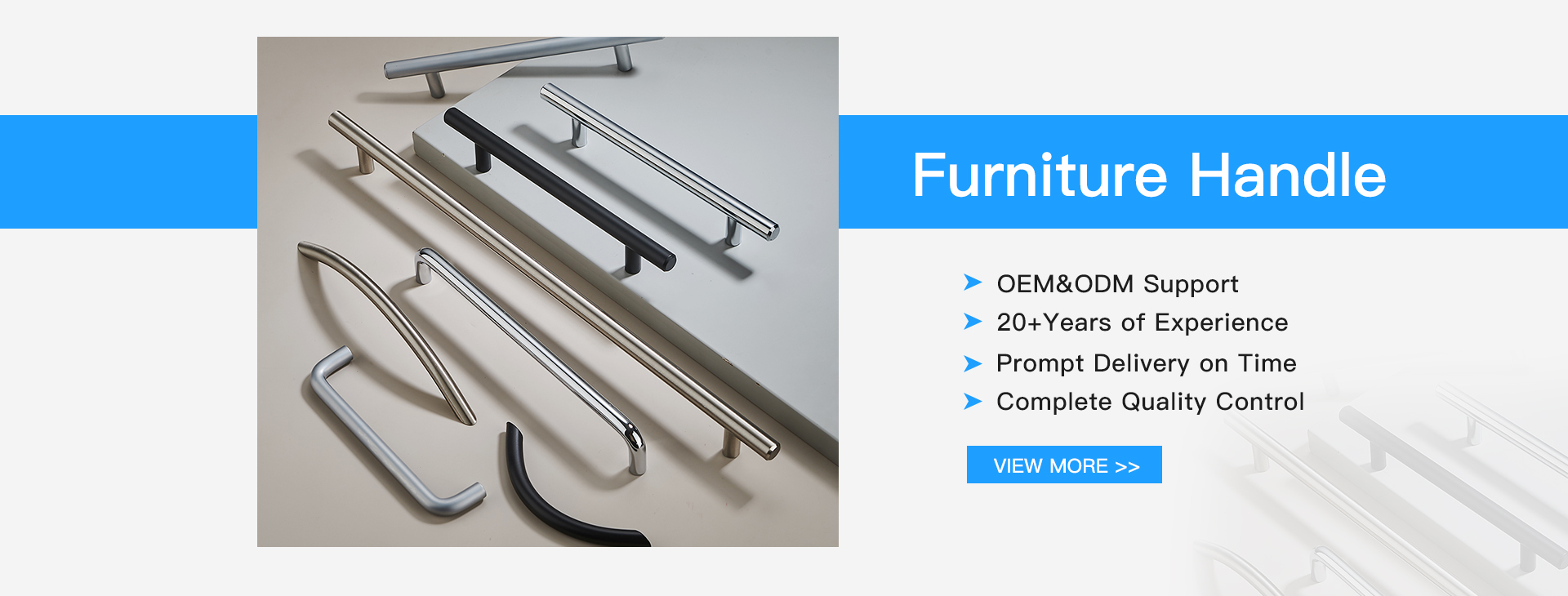The role of using a dust-free shop primer:
1) First and foremost, the primer seals the surface of the porous base layer, preventing the putty from losing moisture too quickly. This enhances the strength of the putty, effectively preventing issues such as cracking, blistering, and peeling on the exterior coating caused by weak putty.
2) Due to its high permeability and ultra-fine particle size, the primer can penetrate deep into the base layer, forming a tough dry film. This is especially important for weathered, powdery, or loose surfaces that lack sufficient adhesion capacity.
3) The primer also prevents alkali from rising from the base (such as concrete) to the surface, which can cause problems like efflorescence, alkali return, and staining. It also helps control excessive absorption of moisture, additives, and emulsions from the base coat, ensuring a better decorative finish and reducing the amount of topcoat needed.
There are two main types of primers—Type I and Type II—classified based on their alkali resistance and salt resistance. For exterior walls, primers are typically divided into solvent-based and emulsion-based, depending on the main film-forming material.
Emulsion-based primers are more economical and environmentally friendly, while solvent-based ones tend to be more expensive and have higher environmental impact. However, they offer superior alkali resistance, sealing properties, permeability, and adhesion compared to their emulsion counterparts.
The emulsion-based alkali-resistant sealing primer is further categorized into varnish and color paint. Commonly used emulsions include styrene-acrylic and silicone-acrylic. Varnish offers good alkali resistance and film formation but may become soft when applied thickly, leading to potential cracking if the hardness of the upper layer differs significantly. Additionally, because varnish is transparent, it can be challenging to detect leaks during application.
On the other hand, color paints contain pigments and fillers, which reduce permeability but improve coverage. They help reduce excessive absorption by the base layer, create a thicker film, provide some hiding power, enhance the appearance of the topcoat, and prevent leak coatings.
Solvent-based alkali-resistant sealing primers share similar air permeability with water-based versions but offer better alkali resistance, sealing performance, and permeability. They are also available in both varnish and color paint forms.
Overall, choosing the right primer is essential for ensuring long-lasting, high-quality finishes and protecting the structural integrity of the surface.

Furniture Handle,Hardware Furniture Handle,Knobs Handles Cheap Handle,Drawers Furniture Door Knobs
ONLEE HARDWARE CO.,LTD , https://www.onleehardware.com